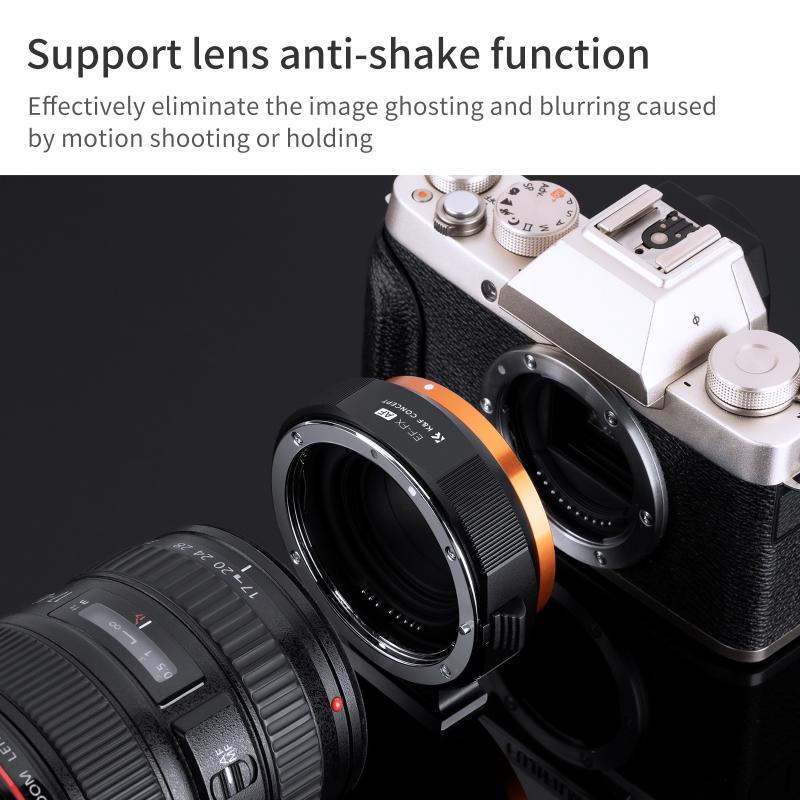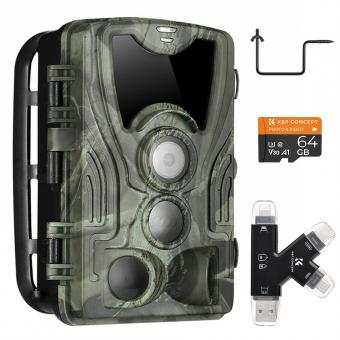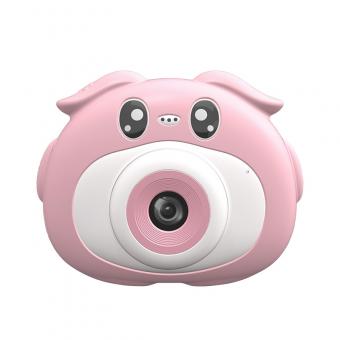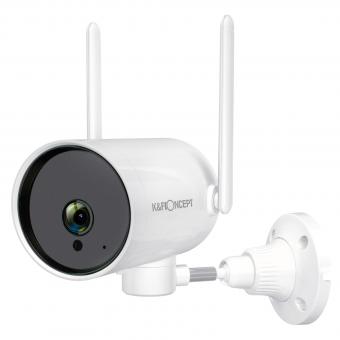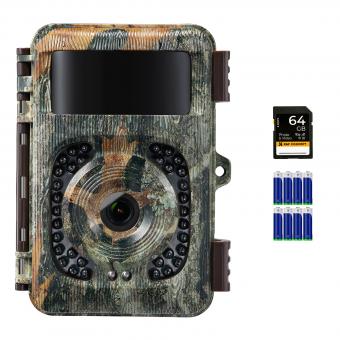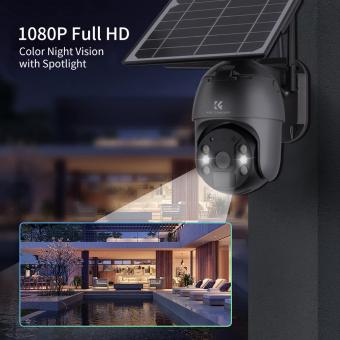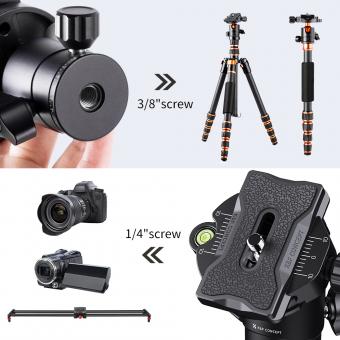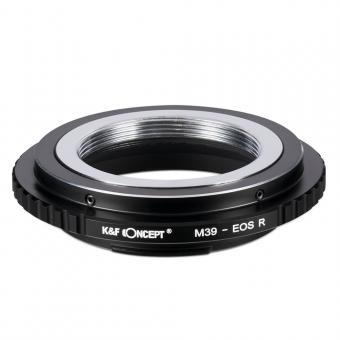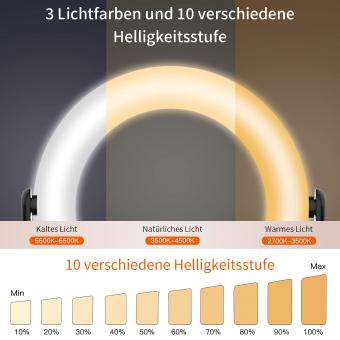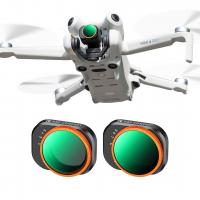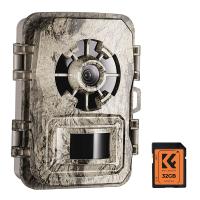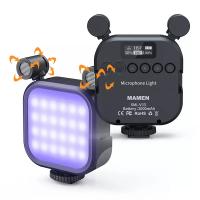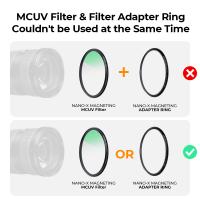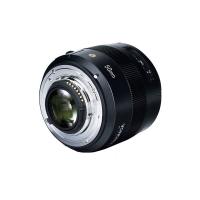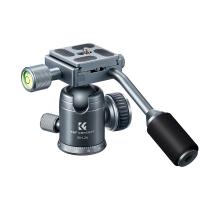Are Wifi Reversing Camera Any Good ?
Wifi reversing cameras can be a convenient and useful tool for enhancing visibility while reversing a vehicle. These cameras are designed to wirelessly transmit the video feed to a compatible device such as a smartphone or tablet, allowing the driver to view the live footage in real-time. The quality and performance of wifi reversing cameras can vary depending on the specific model and brand. It is important to consider factors such as resolution, field of view, night vision capabilities, and overall reliability when evaluating the effectiveness of a wifi reversing camera. Reading customer reviews and comparing different options can help in determining the quality and suitability of a wifi reversing camera for individual needs.
1、 Functionality and Performance of WiFi Reversing Cameras
Functionality and Performance of WiFi Reversing Cameras
WiFi reversing cameras have gained popularity in recent years due to their convenience and ease of use. These cameras are designed to provide a wireless connection between the camera and a smartphone or tablet, allowing users to view the camera feed in real-time.
One of the main advantages of WiFi reversing cameras is their ease of installation. Unlike traditional wired cameras, WiFi cameras do not require any complex wiring or drilling. They can be easily mounted on the rear of the vehicle and connected to a power source. This makes them a great option for those who are not comfortable with DIY installations or for those who frequently switch vehicles.
In terms of functionality, WiFi reversing cameras offer a wide range of features. Most cameras come with a mobile app that allows users to view the camera feed, adjust settings, and even record videos or take snapshots. Some cameras also offer additional features such as night vision, motion detection, and wide-angle lenses, which enhance their usability and performance.
When it comes to performance, WiFi reversing cameras generally provide good video quality and reliable wireless connectivity. However, it is important to note that the performance can vary depending on the specific camera model and the strength of the WiFi signal. In some cases, users may experience lag or delays in the video feed, especially in areas with weak WiFi signals.
It is also worth mentioning that WiFi reversing cameras are not without their limitations. The wireless connection can be susceptible to interference from other devices or obstacles, which may affect the video quality or cause signal dropouts. Additionally, some users have reported issues with the mobile app, such as compatibility problems or occasional crashes.
In conclusion, WiFi reversing cameras offer a convenient and user-friendly solution for vehicle owners who want to enhance their safety while reversing. They provide good functionality and performance, with the added benefit of easy installation and wireless connectivity. However, it is important to consider the specific camera model and the strength of the WiFi signal in order to ensure optimal performance.
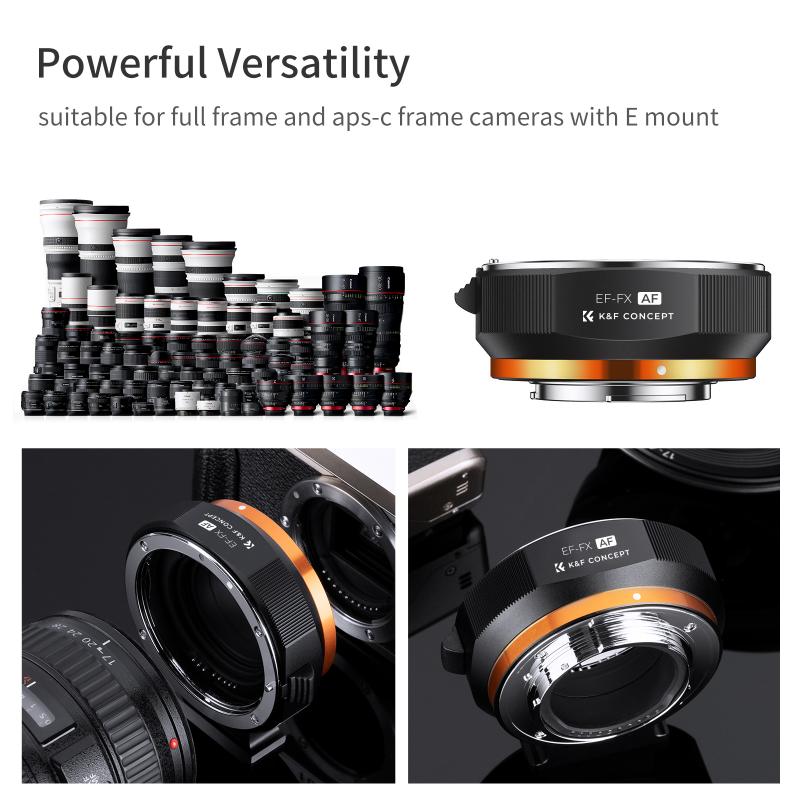
2、 Image Quality and Resolution of WiFi Reversing Cameras
The image quality and resolution of WiFi reversing cameras can vary depending on the specific model and brand. Generally, WiFi reversing cameras offer decent image quality and resolution, but they may not be as high-quality as wired reversing cameras.
One of the main advantages of WiFi reversing cameras is their convenience and ease of installation. They can be easily mounted on the rear of the vehicle and connected to a smartphone or tablet via WiFi. This wireless connection allows for real-time video streaming and eliminates the need for complex wiring.
However, the image quality and resolution of WiFi reversing cameras can be affected by several factors. The quality of the camera sensor, lens, and image processing technology used in the camera can greatly impact the image quality. Cheaper models may have lower-quality components, resulting in lower resolution and less sharp images.
Additionally, the strength and stability of the WiFi connection can also affect the image quality. If the WiFi signal is weak or unstable, it may result in lag or poor video quality. This can be particularly problematic in areas with a lot of interference or when the vehicle is in motion.
It is worth noting that technology is constantly evolving, and newer models of WiFi reversing cameras may offer improved image quality and resolution. Manufacturers are continually working to enhance the performance of these cameras, so it is advisable to research and read reviews before purchasing a WiFi reversing camera to ensure you are getting the best image quality possible.
In conclusion, while WiFi reversing cameras offer convenience and ease of installation, the image quality and resolution may not be as high as wired reversing cameras. However, with advancements in technology, newer models may offer improved image quality. It is important to consider the specific model and brand when evaluating the image quality and resolution of WiFi reversing cameras.
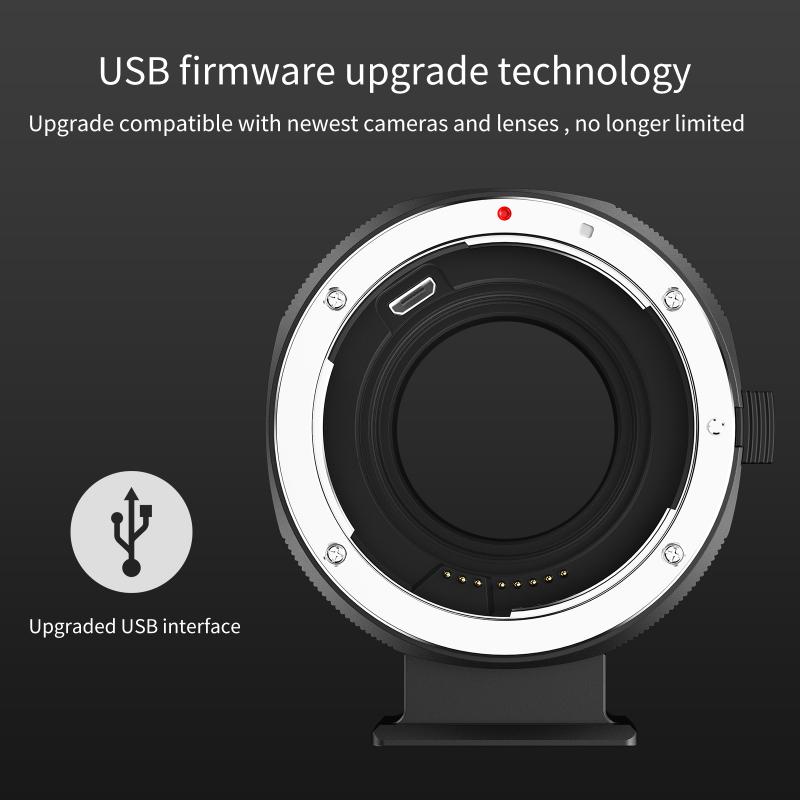
3、 Compatibility and Connectivity of WiFi Reversing Cameras
WiFi reversing cameras can be a convenient and useful addition to any vehicle, providing a wireless solution for improving visibility and safety while reversing. However, the effectiveness of these cameras can vary depending on several factors.
One of the key advantages of WiFi reversing cameras is their compatibility with a wide range of devices. They can be easily connected to smartphones, tablets, or other WiFi-enabled devices, allowing for a flexible and portable viewing experience. This compatibility ensures that users can easily access the camera feed and view it from their preferred device.
In terms of connectivity, WiFi reversing cameras generally offer a stable and reliable connection. However, the quality of the connection can be influenced by the distance between the camera and the device, as well as any potential obstructions or interference. It is important to ensure that the camera and the device are within a reasonable range for optimal connectivity.
The latest point of view on WiFi reversing cameras suggests that advancements in technology have improved their performance and reliability. Many models now offer high-definition video quality, wide-angle lenses, and night vision capabilities, enhancing the overall visibility and clarity of the camera feed. Additionally, some cameras come with additional features such as motion detection or parking guidelines, further enhancing their usefulness.
However, it is worth noting that WiFi reversing cameras may not be as reliable as wired alternatives in terms of signal strength and latency. In certain situations, such as in areas with weak WiFi signals or high levels of interference, the camera feed may experience lag or dropouts. Therefore, it is important to consider the specific environment in which the camera will be used and assess whether a WiFi connection is suitable.
In conclusion, WiFi reversing cameras can be a good option for improving visibility and safety while reversing. Their compatibility with various devices and advancements in technology have made them more effective and reliable. However, it is important to consider the specific environment and potential connectivity issues before investing in a WiFi reversing camera.
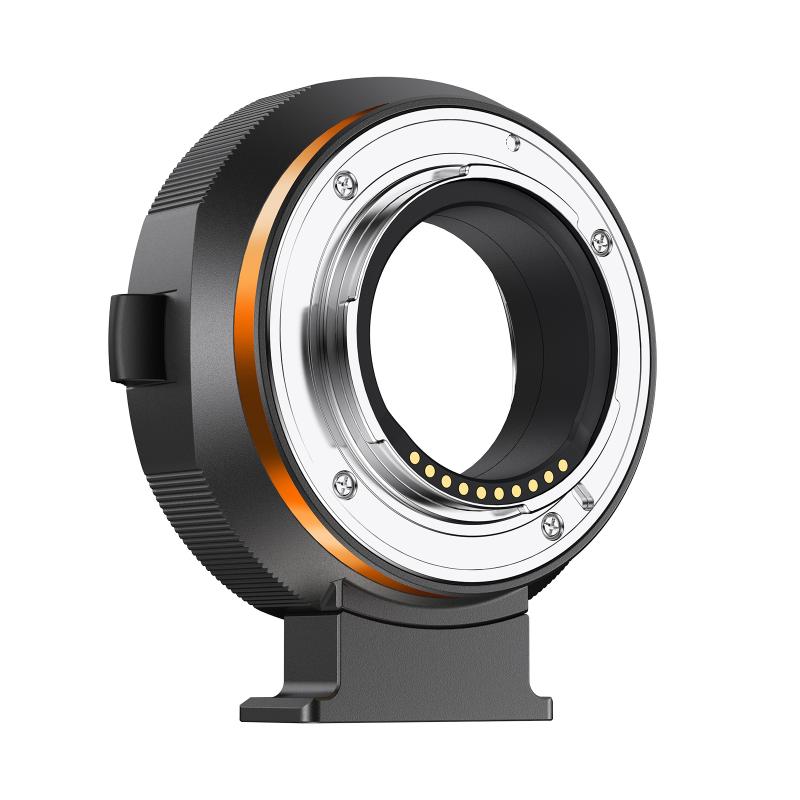
4、 Ease of Installation and Setup for WiFi Reversing Cameras
WiFi reversing cameras can be a convenient and practical solution for those looking to enhance their vehicle's safety and maneuverability. However, the question of whether they are any good depends on various factors.
One of the key advantages of WiFi reversing cameras is their ease of installation and setup. Unlike traditional wired cameras, WiFi cameras eliminate the need for complex wiring and drilling, making the installation process significantly easier. This can be particularly beneficial for individuals who are not tech-savvy or do not have access to professional installation services. With WiFi cameras, all you need to do is mount the camera, connect it to a power source, and sync it with your smartphone or other compatible device.
Furthermore, WiFi reversing cameras offer flexibility in terms of placement. Since they do not require a physical connection to the display unit, you can position the camera wherever it provides the best view, without being limited by the length of cables. This allows for greater customization and ensures optimal visibility while reversing.
However, it is important to note that the effectiveness of WiFi reversing cameras can vary depending on the quality of the camera and the strength of the WiFi signal. Some lower-end models may suffer from poor image quality or lag, which can hinder their usefulness. Additionally, if the WiFi signal is weak or unstable, it may result in intermittent connectivity issues or delays in transmitting the video feed to your device.
In recent years, advancements in technology have improved the performance of WiFi reversing cameras. Higher-end models now offer features such as high-definition video, night vision, and wide-angle lenses, enhancing their overall effectiveness and reliability.
In conclusion, WiFi reversing cameras can be a good option for those seeking an easy installation process and flexibility in camera placement. However, it is crucial to choose a reputable brand and model that offers reliable performance and a strong WiFi connection to ensure optimal functionality.
